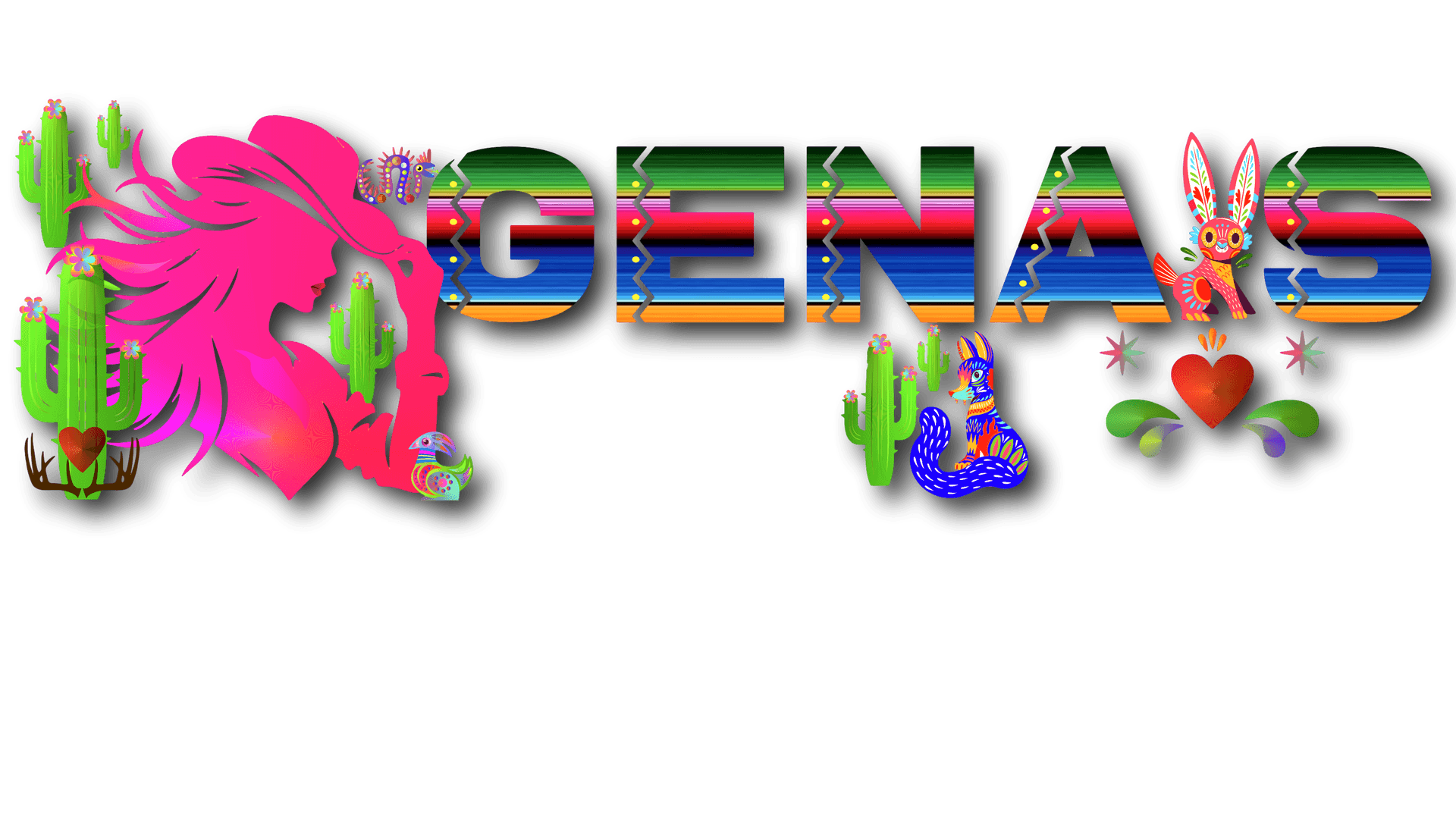The Significance of Celebrating Day of the Dead
GA
The Rich Cultural Heritage
The Day of the Dead, or "Día de los Muertos," is a vibrant and deeply rooted tradition celebrated primarily in Mexico. This unique holiday is dedicated to honoring deceased loved ones, bringing families together to celebrate life and death in a meaningful way. Unlike the somber tone commonly associated with death, the Day of the Dead is a colorful and joyous celebration that emphasizes the continuity of life.
Originating from ancient indigenous practices, this holiday combines pre-Hispanic religious rites with Catholic influences, creating a fascinating blend of cultural elements. The significance of celebrating the Day of the Dead lies not only in its historical roots but also in its ability to bring communities together to honor and remember those who have passed on.

The Altars: A Heartfelt Tribute
Central to the Day of the Dead celebrations are the altars, or "ofrendas," which are carefully constructed to welcome the spirits of the deceased back to the world of the living. These altars are adorned with photographs, mementos, and the favorite foods and drinks of those who have passed away. Marigold flowers, known as "cempasúchil," are commonly used to decorate altars, as their vibrant color and strong scent are believed to guide spirits back home.

The elements placed on these altars hold deep symbolism. For example, candles represent hope and faith, while incense is used to purify and sanctify the space. These carefully curated altars serve as a powerful reminder of the love and respect families have for their ancestors, making them an integral part of Day of the Dead celebrations.
The Role of Food in Celebration
Food plays a crucial role in Day of the Dead festivities, with families preparing traditional dishes to honor their departed loved ones. One of the most iconic foods associated with this holiday is "pan de muerto," or bread of the dead. This sweet bread is often decorated with bone-shaped designs and sugar, symbolizing the cycle of life and death.
Other popular dishes include tamales, mole, and sugar skulls, each carrying its own cultural significance. Sharing these foods with family and friends reinforces the communal aspect of the holiday, while also providing an opportunity to remember cherished memories shared with those who have passed.

Embracing Symbolism Through Art
Artistic expression is another vital component of the Day of the Dead celebrations. The holiday is renowned for its use of vibrant colors and intricate designs, often seen in face painting and decorative crafts. Sugar skulls, or "calaveras," have become iconic symbols of the holiday, representing both death and rebirth.
The imagery associated with the Day of the Dead extends beyond visual art to include music and dance. Traditional songs and dances performed during this time celebrate life and honor those who have died. This artistic expression serves as a way for individuals to connect with their cultural heritage while also celebrating the enduring spirit of their ancestors.

Fostering Community Connections

Beyond its cultural significance, the Day of the Dead plays a crucial role in fostering community connections. During this time, families gather in cemeteries to clean and decorate graves, sharing stories and memories of their loved ones. This communal act strengthens bonds among family members and neighbors, reinforcing a sense of unity and shared history.
Community events such as parades, festivals, and public altar displays further enhance this sense of unity, providing opportunities for people to come together in celebration. These events highlight the importance of community in preserving cultural traditions and ensuring that future generations continue to honor their ancestors.
A Celebration of Life
Ultimately, the significance of celebrating the Day of the Dead lies in its ability to transform perceptions of death from something feared into something embraced as a natural part of life. By acknowledging the lives and legacies of those who have passed on, this holiday encourages individuals to live fully and appreciate the time they have with loved ones.
In embracing this perspective, people can find solace in knowing that death is not an end but rather a continuation of life's journey. The Day of the Dead serves as a poignant reminder that love transcends time and space, connecting us all through shared memories and enduring bonds.

